The golden plains, river valleys, and mountain ribs of the Armenian Plateau are separated from the lush, semitropical Black Sea littoral by the imposing Pontic mountains. Nevertheless, associations between Armenia and Pontus date back to the era of the Persia Achaemenian Empire beginning in the sixth century B.C. Later in 401-400 B.C., the Greek general Xenophon traversed the Armenian Plateau as an escape route from the Persian heartlands to Trapezus (Trebizond) on the Black Sea, his account of that adventurous journey affording one of the earliest written descriptions of ancient Armenia. Economic and cultural interaction between Armenia and Pontus increased during the centuries of Roman dominion in Asia Minor and especially during the time of the medieval Greco/Byzantine Empire of Trebizond. Thriving, enlightened Armenian communities developed all along the extensive narrow corridor from Batum in the east to Samsun and Sinope in the west, while the curious Armeinan enclave of Hamshen in the eastern Pontic hinterland retained much of its Armenian character long after its population was forcibly Islamicized in the seventeenth and eighteenth centuries.
Armenian Pontus is the eight of the UCLA conference series, “Historic Armenian Cities and Provinces,” to be published. Scholars from various disciplines offer the story of the Armenian communities in the Pontic Black Sea region across the centuries until their violent elimination in the first decades of the twentieth century.

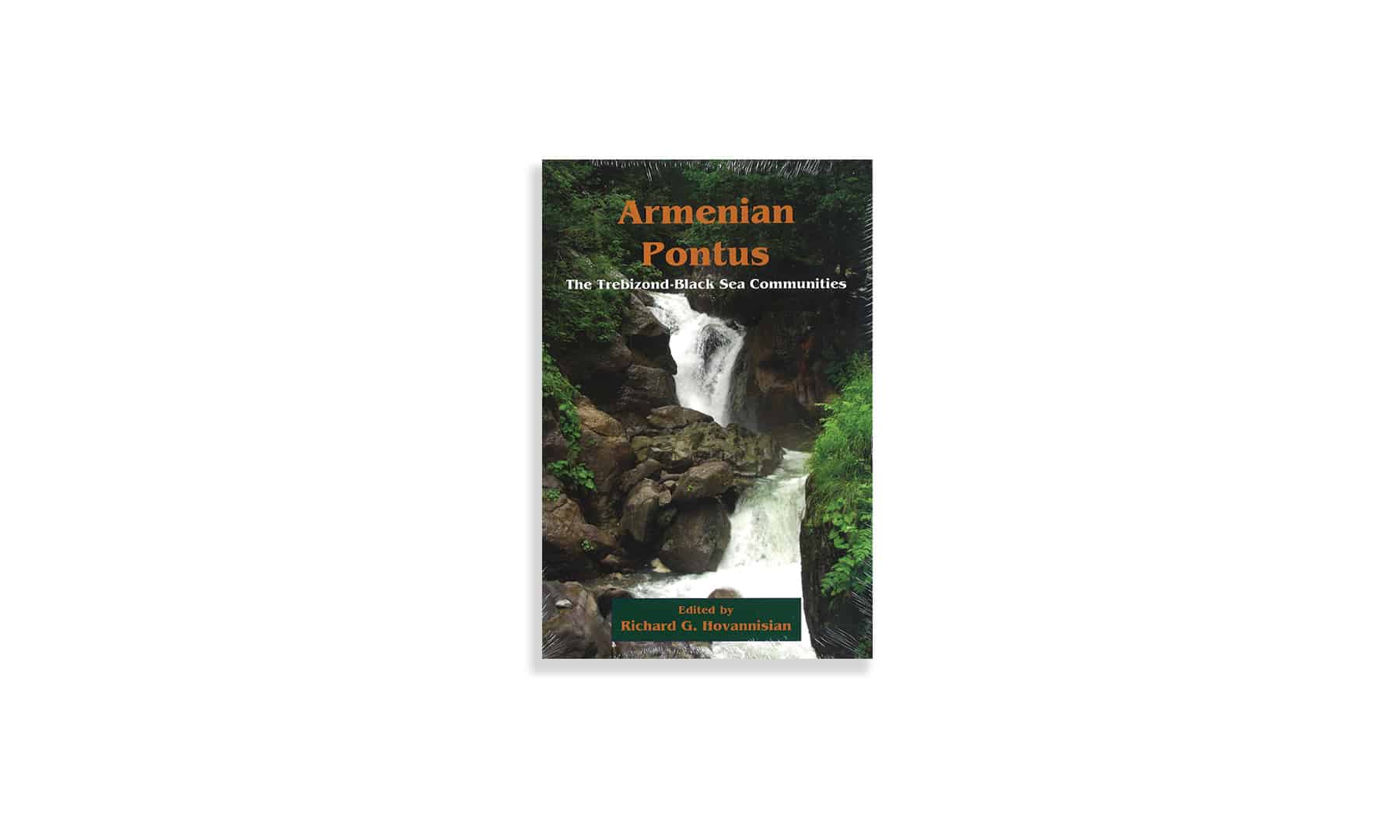
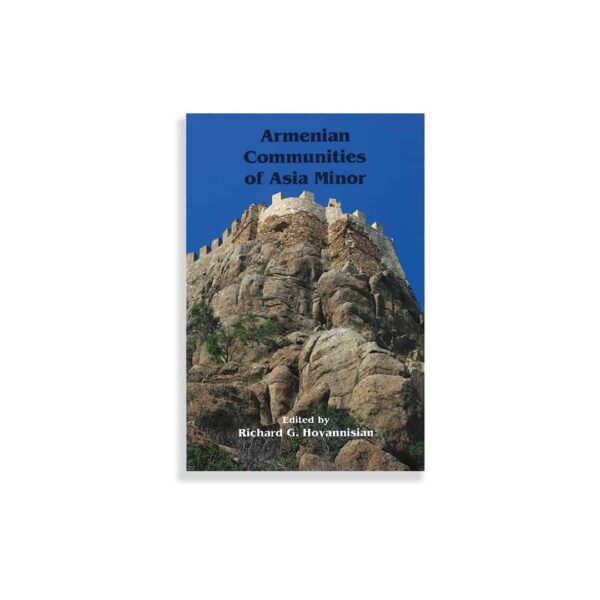
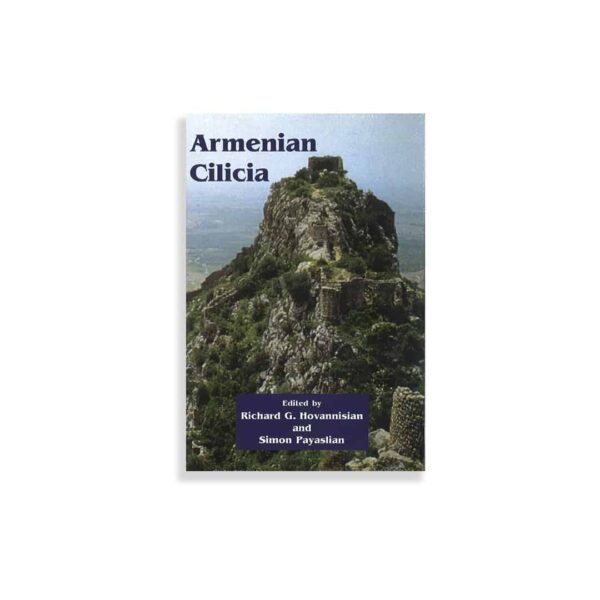
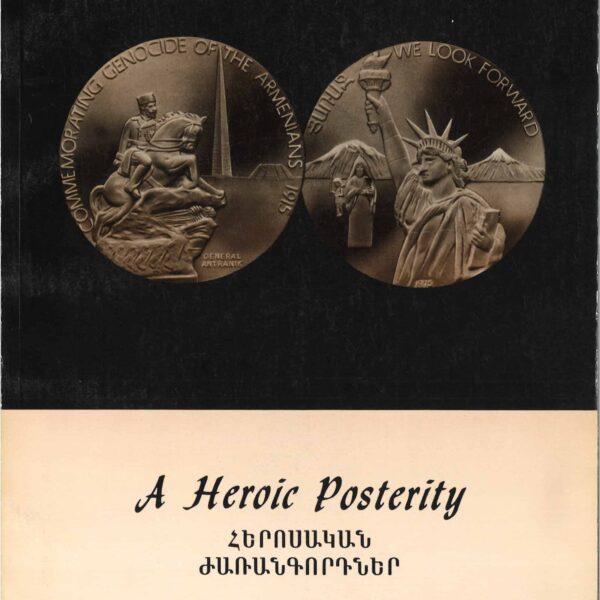
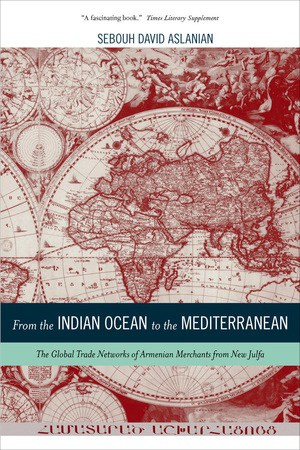
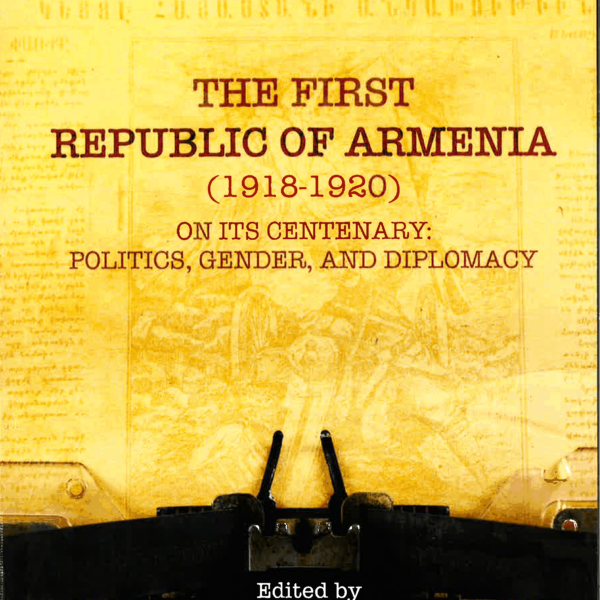

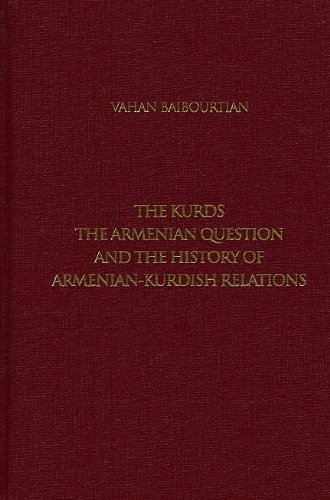
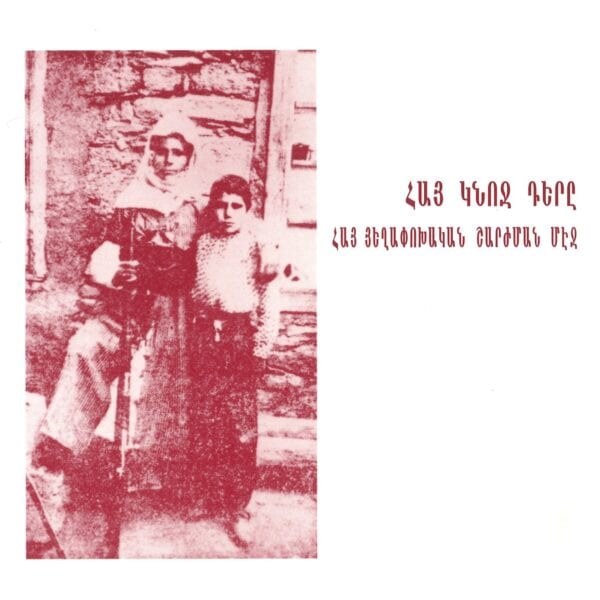
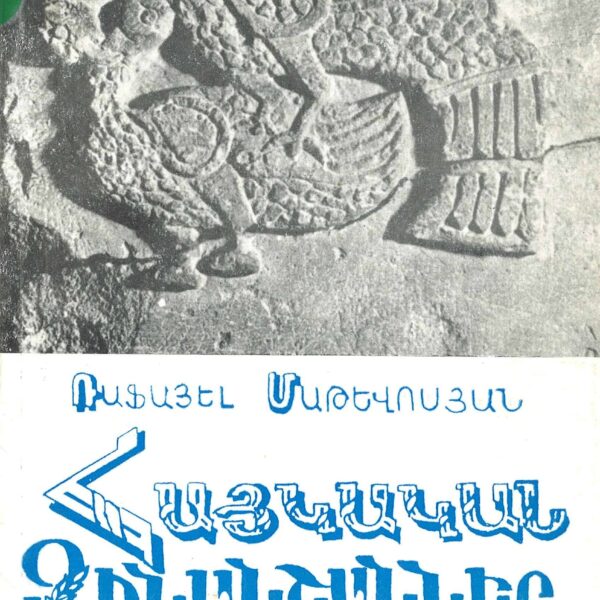
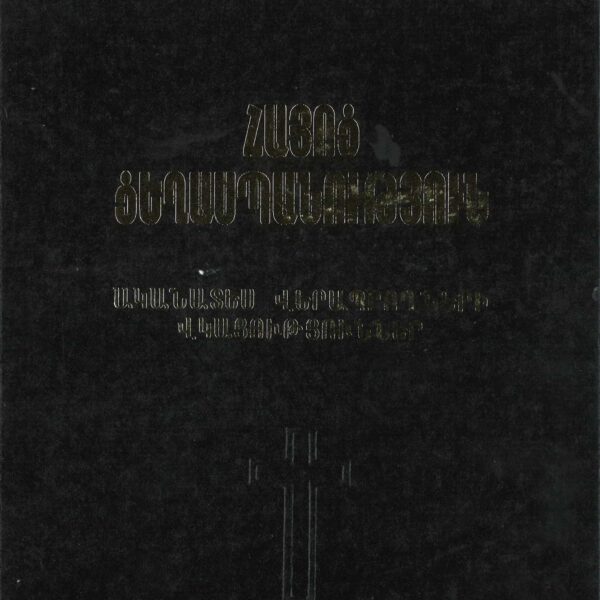
Reviews
There are no reviews yet.